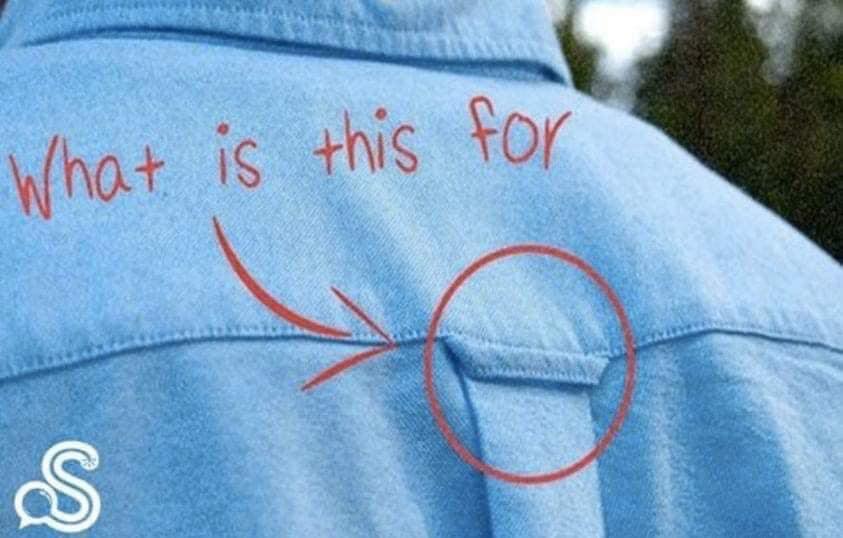Have you ever noticed the small loop on the back of some men’s shirts? It’s easy to overlook, but this tiny piece of fabric has a rich history that spans decades. From its origins as a practical accessory to its current status as a nostalgic touch, the shirt loop has undergone a remarkable transformation.
The loop’s story begins in the mid-20th century, when it was designed to make it easier for men to hang their shirts without wrinkling them. Before the widespread use of closets and hangers, people relied on hooks and locker pegs to store their clothing. The loop was a convenient solution, allowing shirts to be hung up quickly and easily.
American sailors played a significant role in popularizing the shirt loop. They used the loops to hang their shirts on ship hooks, keeping their clothes tidy and off the damp floors. This practical innovation soon became a standard feature in men’s fashion, particularly in button-down shirts.
The loop’s popularity soared in the 1960s, when it became a staple of the preppy style that emerged on Ivy League campuses. According to clothing manufacturer Gant, the idea of incorporating locker loops into shirts was part of their effort to cater to the needs of college students. The trend caught on quickly, and before long, the loop was a common sight on button-down shirts worn by young men across the country.
Beyond its practical use, the shirt loop once held a more symbolic meaning. In the 1960s, it became a subtle way for college students to indicate their relationship status. If a man cut off the loop from his shirt, it was a sign that he was in a committed relationship and no longer “available.” This quirky social code added a layer of intrigue to what was initially just a functional accessory.
Today, the loop on the back of shirts is mostly a remnant of the past. It no longer serves a significant practical purpose, given the widespread use of closets and hangers. However, many manufacturers still include it as a nod to tradition. The loop has become more of a nostalgic touch, a way to honor the classic designs that shaped American menswear.
The inclusion of the loop has become more about fashion than function. It’s a small, almost unnoticeable feature that adds a touch of heritage to an outfit. For those who appreciate the history of fashion, the loop serves as a reminder of how clothing styles have evolved over the years while retaining certain iconic elements.
The shirt loop’s journey from a practical accessory to a mere decorative feature highlights how fashion adapts while holding onto bits of its past. Reflecting on the history of something as simple as a shirt loop is a reminder that even the smallest details in our clothing often have a story behind them. It’s these hidden stories that make fashion so fascinating.


